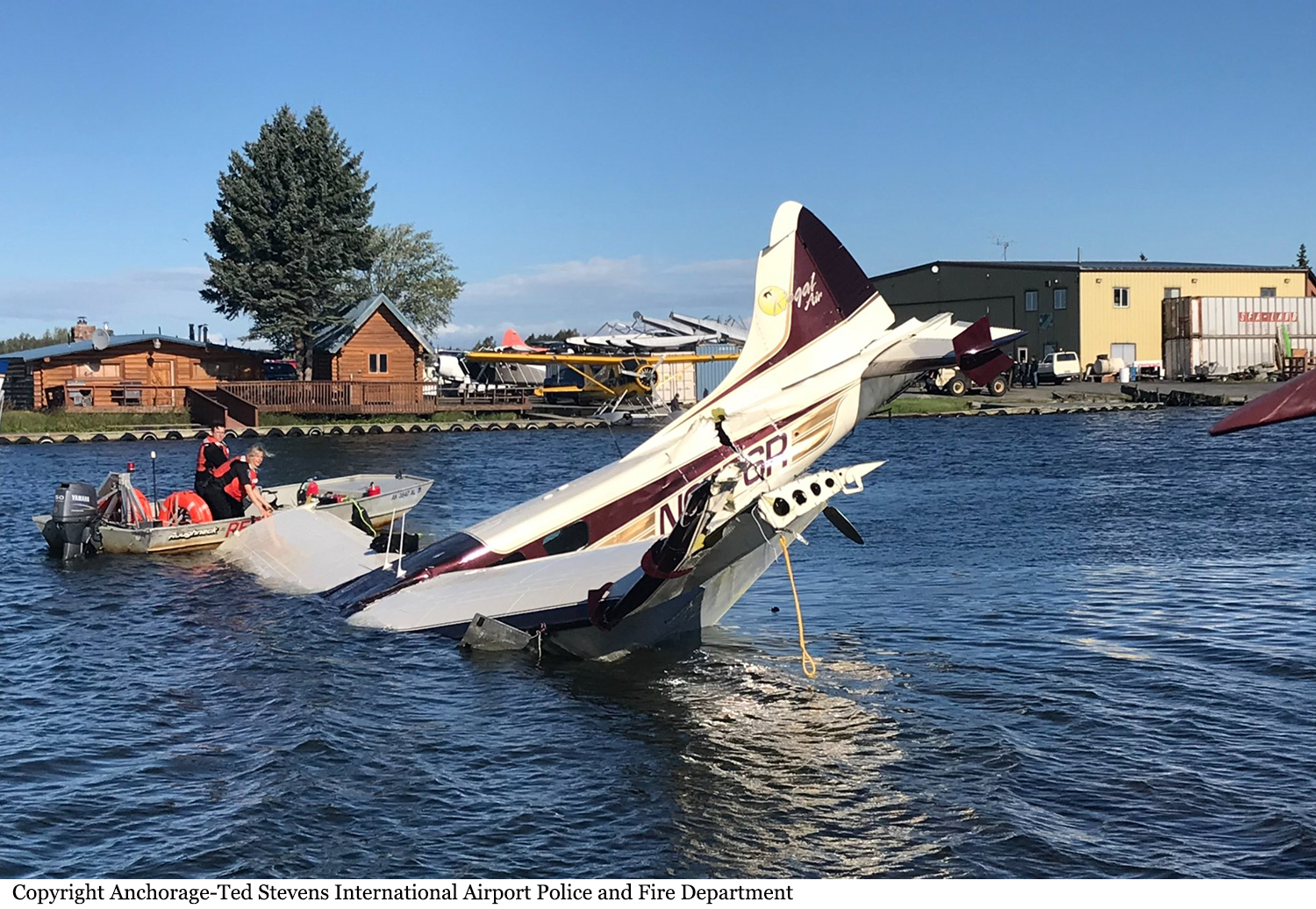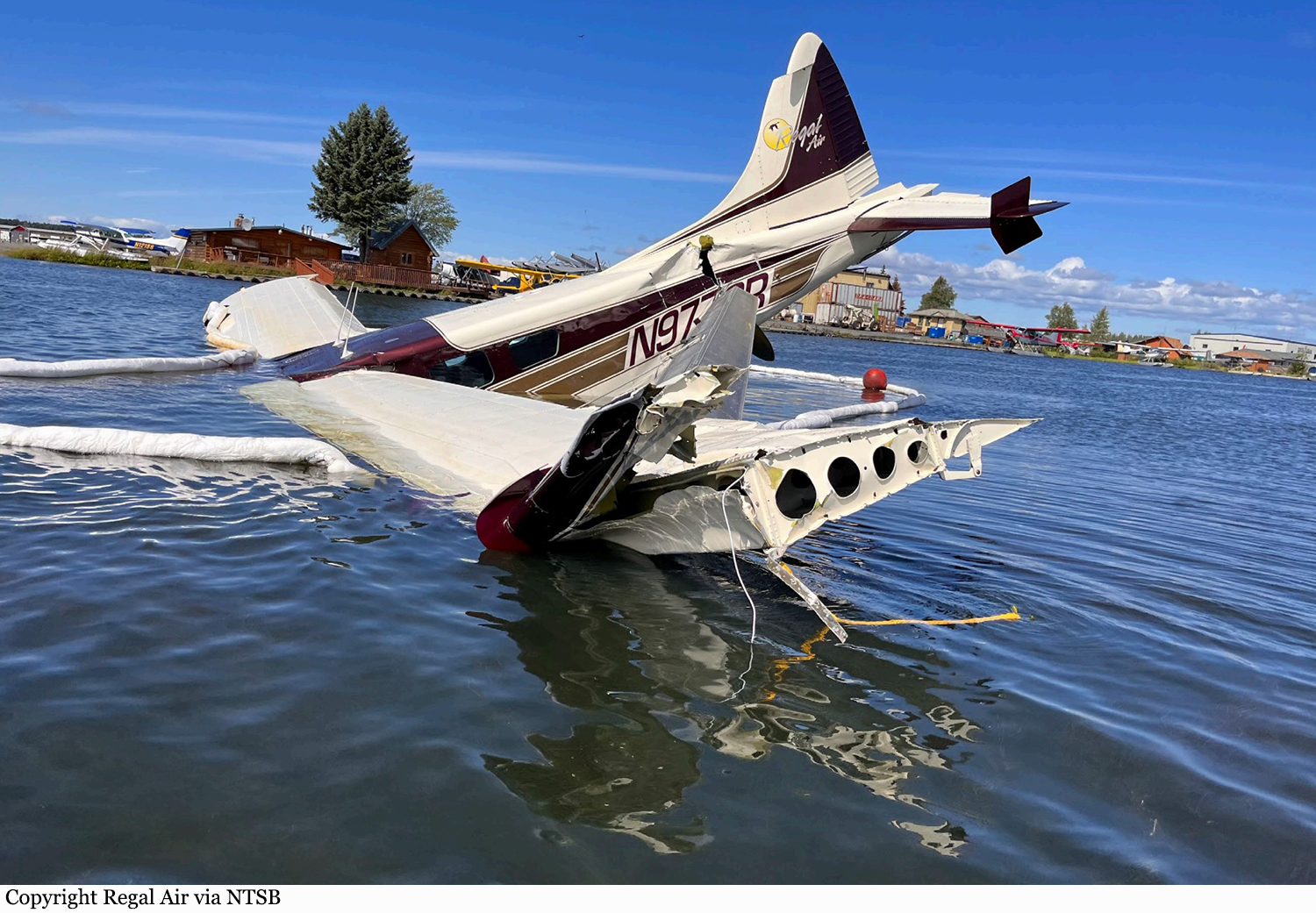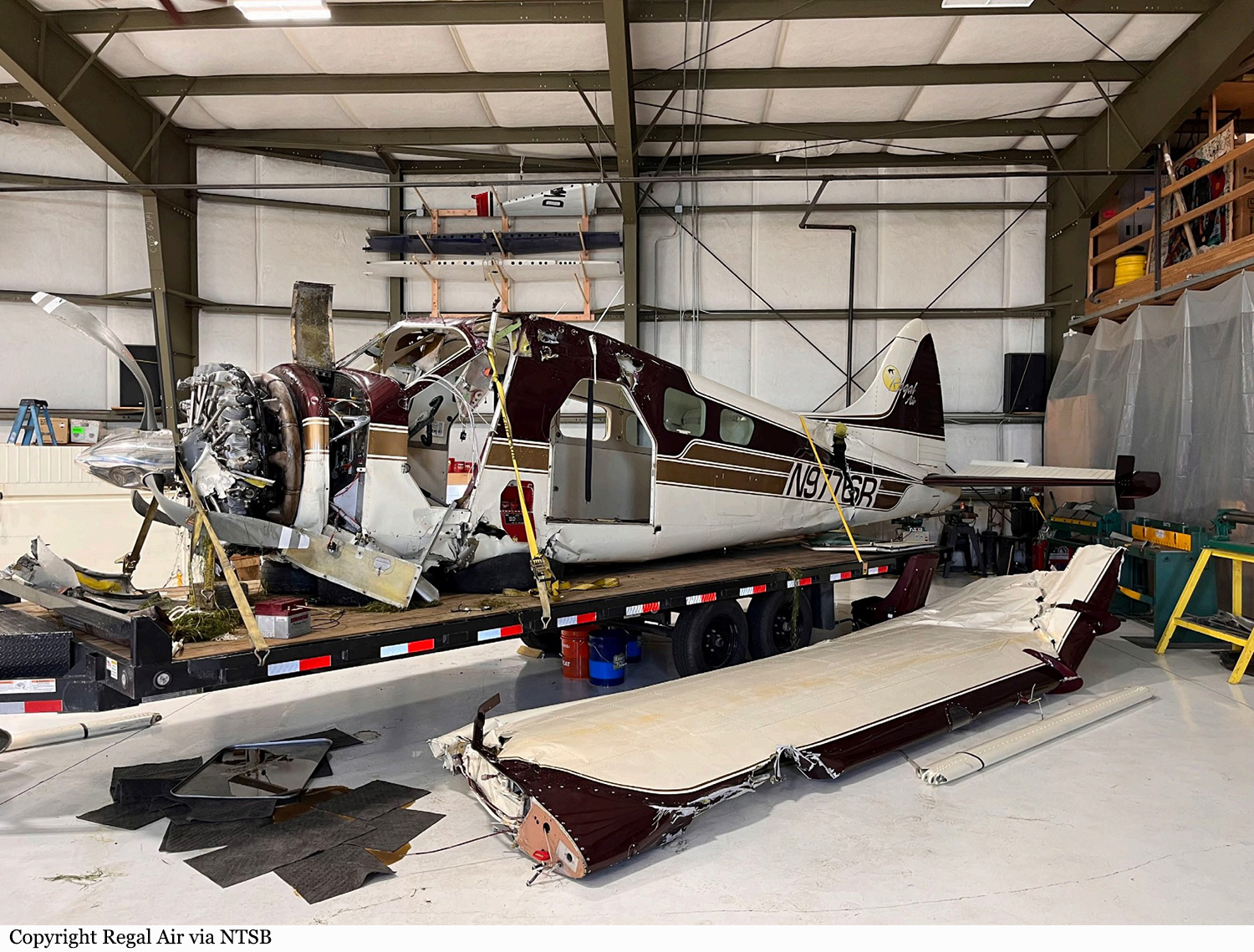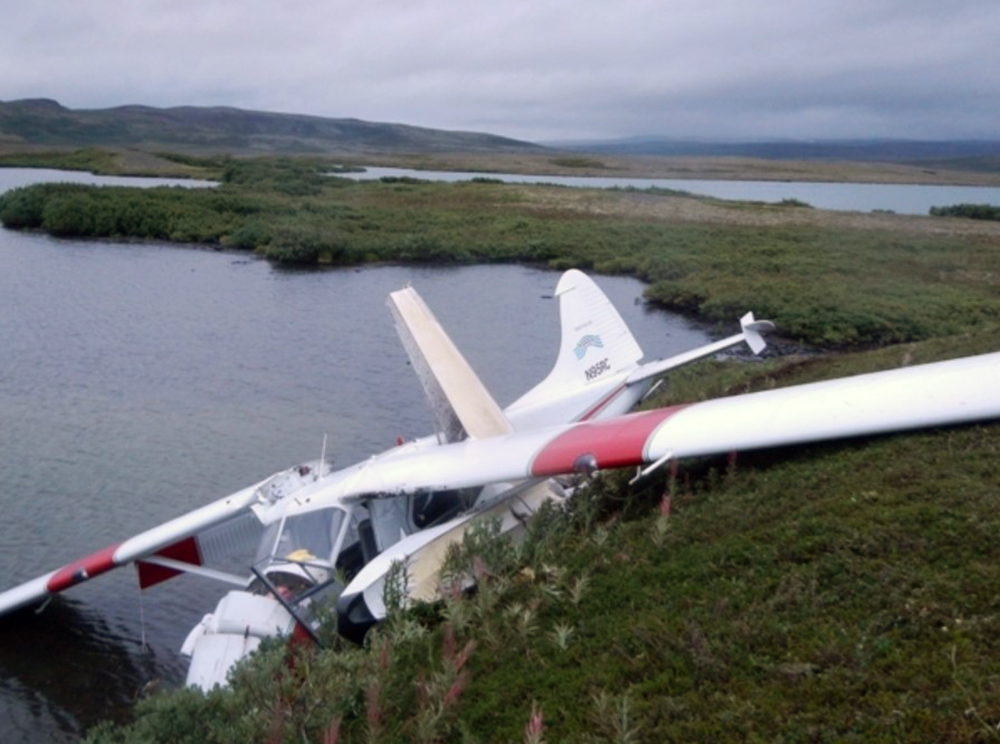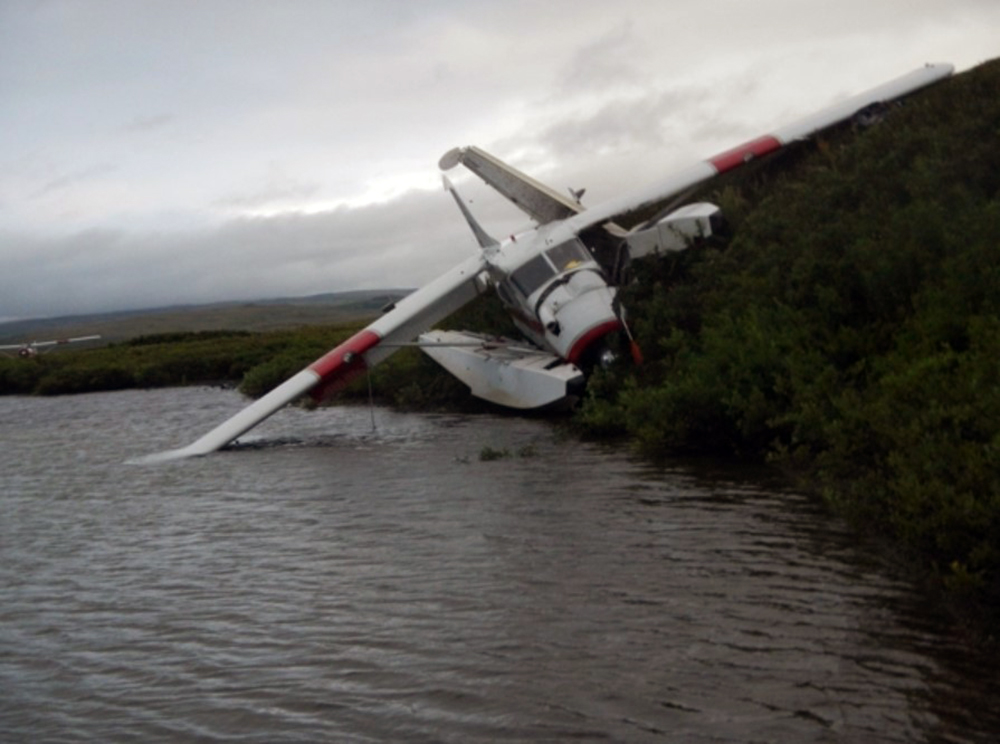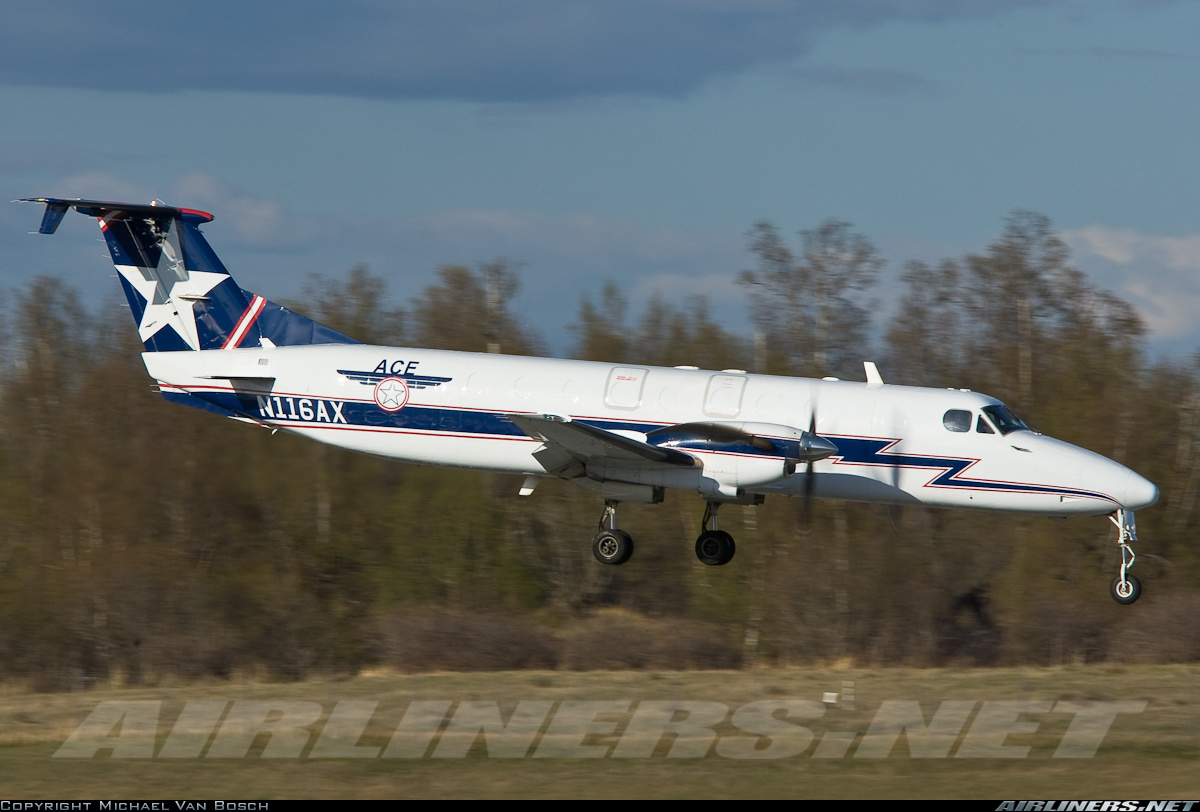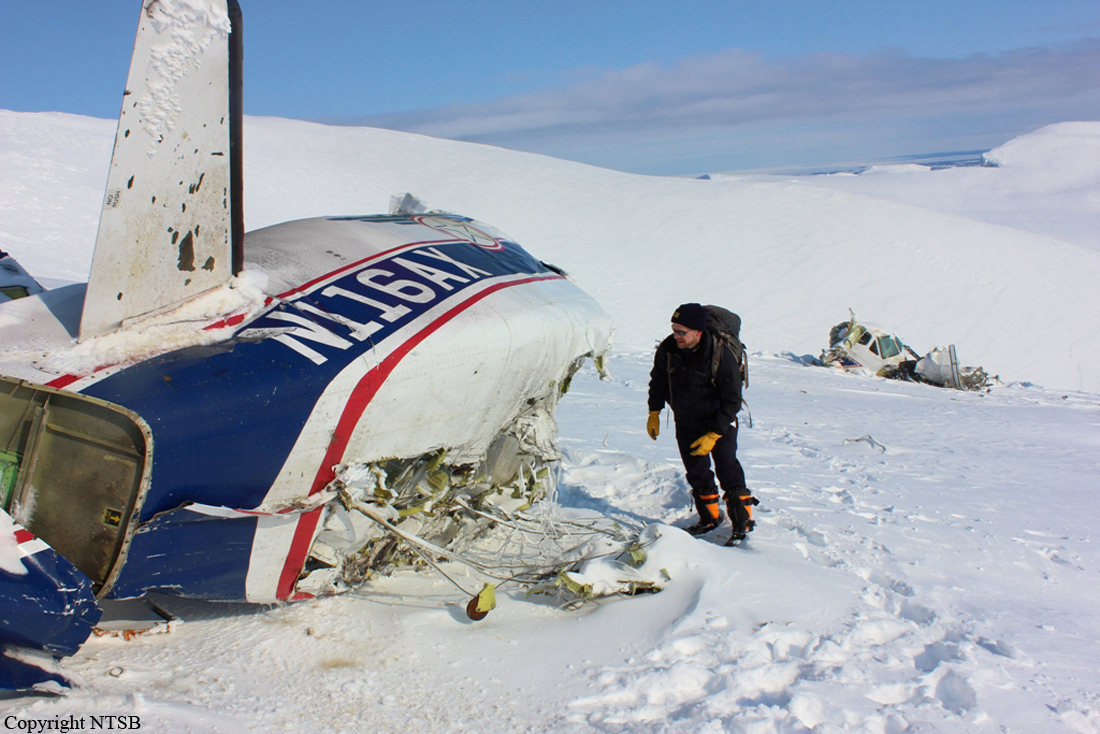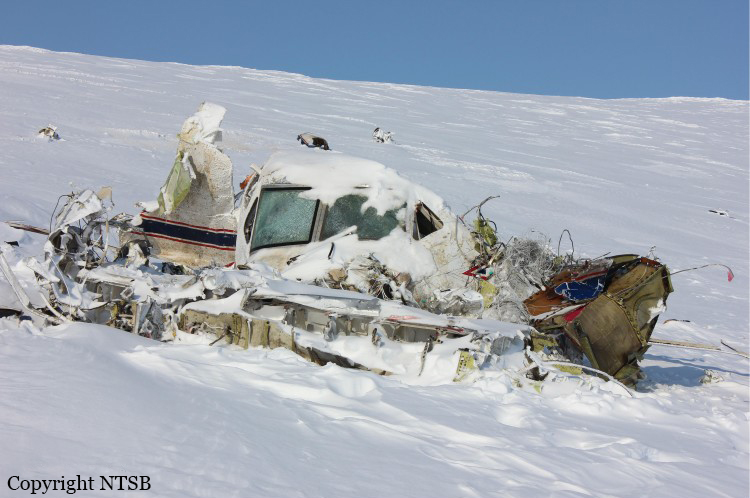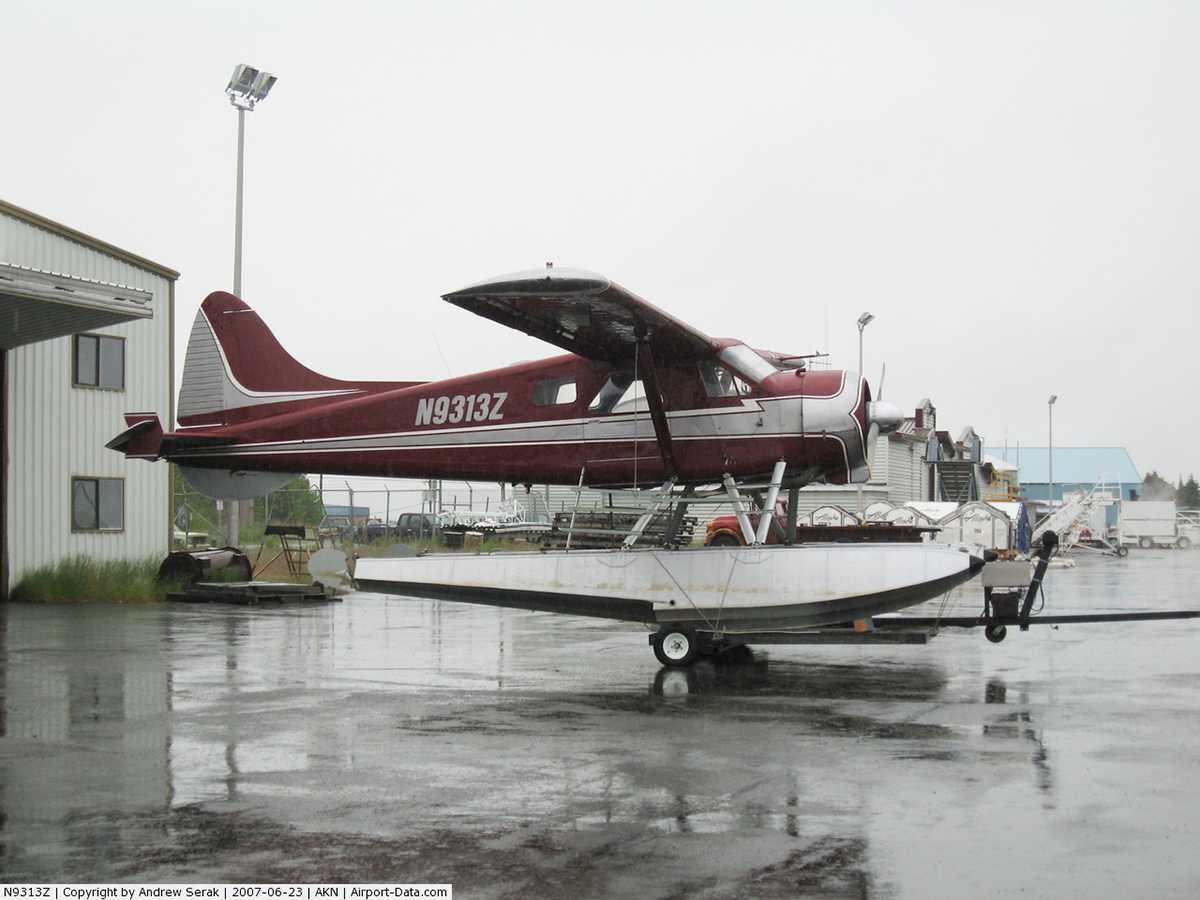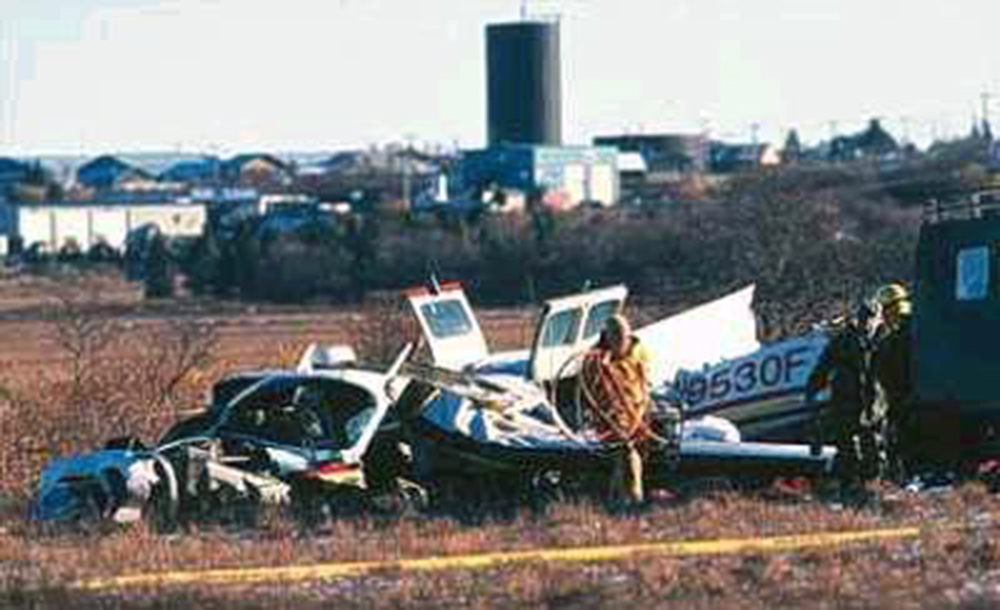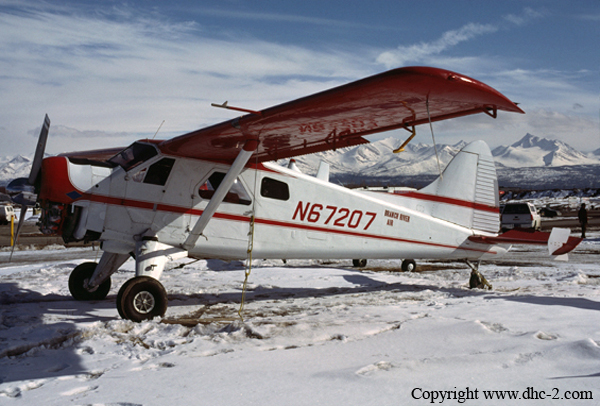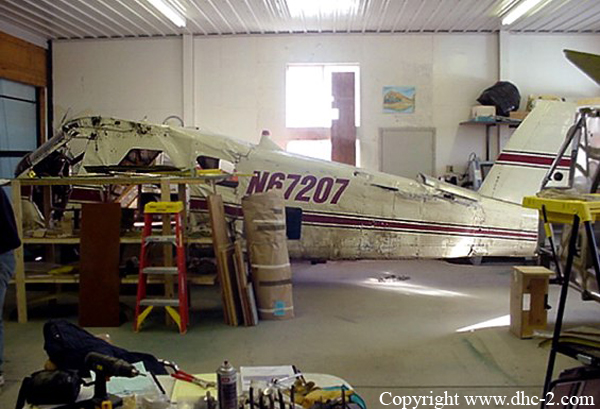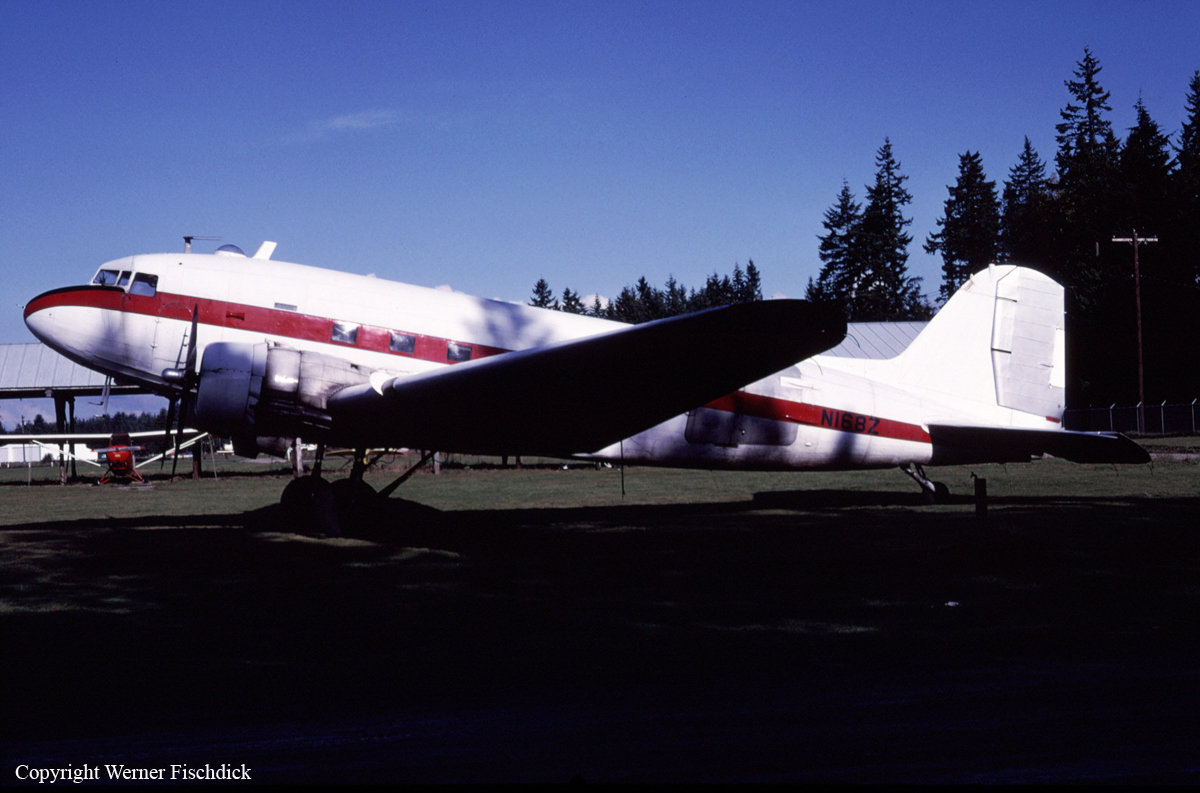Crash of a De Havilland DHC-2 Beaver I in Anchorage
Date & Time:
Jul 26, 2022 at 0915 LT
Registration:
N9776R
Survivors:
Yes
Schedule:
Anchorage - King Salmon
MSN:
1126
YOM:
1957
Crew on board:
1
Crew fatalities:
Pax on board:
6
Pax fatalities:
Other fatalities:
Total fatalities:
0
Captain / Total hours on type:
142.00
Aircraft flight hours:
16072
Circumstances:
The pilot reported that, he was departing in the float-equipped airplane in strong gusty wind conditions. After accelerating on the water for about 3 seconds, the airplane suddenly became airborne and crabbed into the wind about 60° to 90° from the intended takeoff path and started to climb as it continued to track away from the intended flight path. As the climb continued, the airplane stalled and impacted the water in a nose low attitude which resulted in substantial damage to the wings and fuselage. The pilot reported that there were no preaccident mechanical malfunctions or anomalies that would have precluded normal operation.
Probable cause:
The pilot’s failure to maintain directional control during takeoff in gusting wind conditions which resulted in the wing exceeding its critical angle of attack, a loss of control and impact with the water.
Final Report:
